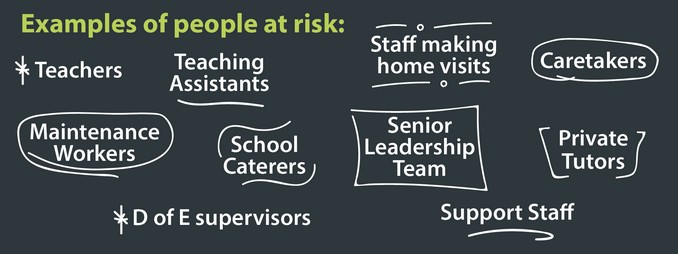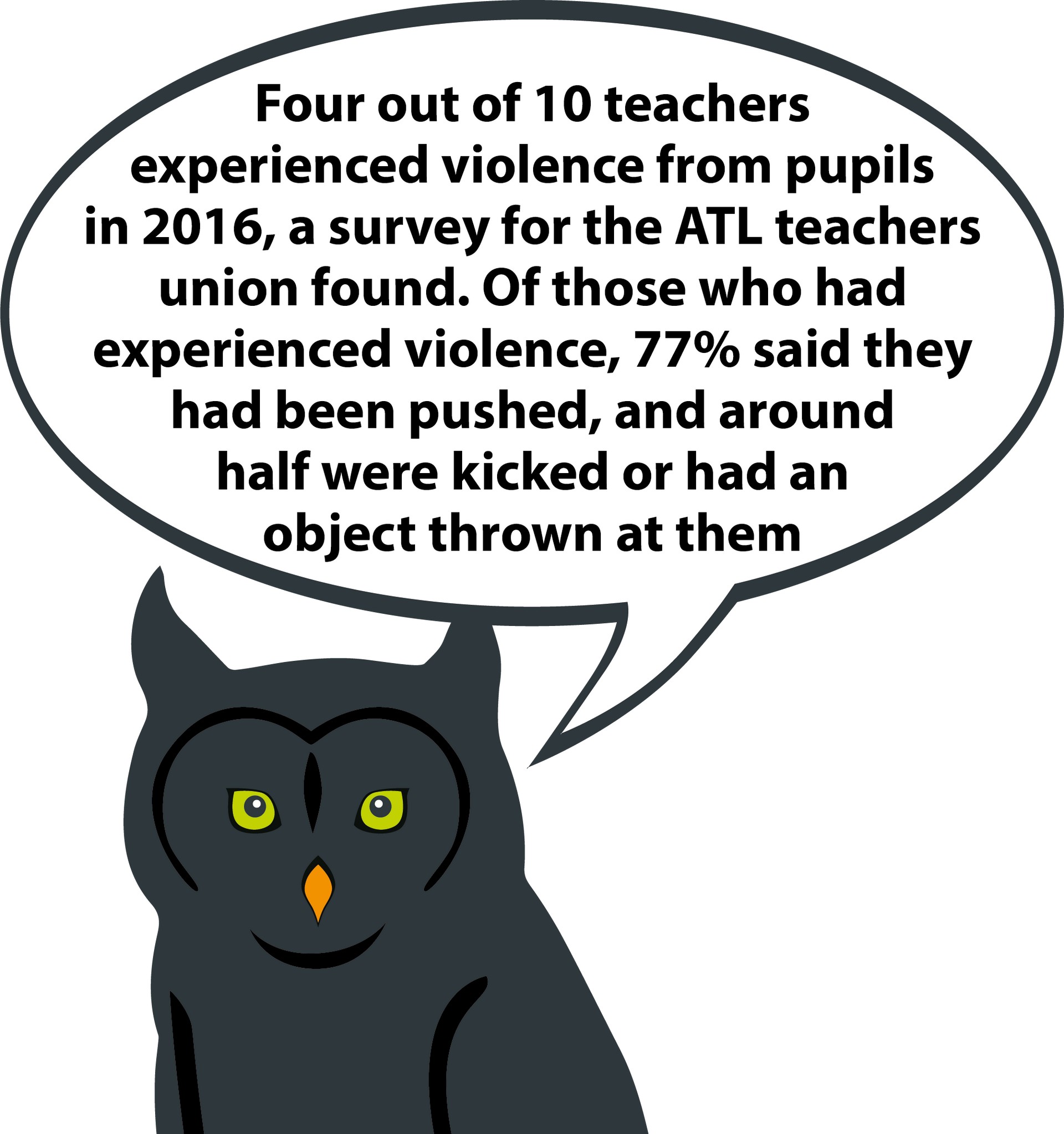Lone worker protection and panic buttons for teachers and those in the education industry
As the landscape of education changes, so too does the job roles within the industry that require people to work alone, sometimes at unsociable hours, dealing with potentially hostile situations or making home visits.
The role of a teacher, for example, is no longer limited to a classroom between 9am-3pm. The role includes out-of-hours activities, events and meetings as well as home visits to discuss potentially sensitive issues that put workers at risk of abuse or even physical attacks. Violence towards teachers from students is also on the rise, according to surveys.
The education industry is not just limited to the teachers on the front line and there are also many behind-the-scenes roles that see workers put at daily risk of accidents in a lone working environments, such as caretakers responsible for maintenance, often working out-of-hours. With many schools also placing greater emphasis on enriching studies with extra-curricular activities, such as the Duke of Edinburgh Award, staff may find themselves on challenging expeditions with students in remote locations with no mobile signals with little way to raise the alarm in the event of an accident.
Whilst not lone working, many parents may like to consider lone worker protection for university students, many of whom are away from home for the first time – to give added peace of mind. A lone worker alarm can give around the clock protection to a student.


Our risk assessment
To carry out a risk assessment you need to think about what might cause harm to your employees and decide whether you are taking the reasonable steps needed to prevent any harm.
A risk assessment is something you are required to carry out by law. We have teamed up with lone working specialist trainer Jackie Dolan and created a comprehensive risk assessment for people within the education industry.

LONEALERT Solutions and panic buttons for working in the education industry:
LONEALERT’s range of solutions and devices are suitable for the needs of all and can be ‘mixed and matched’ to meet the the vast and varied protection needs of those in the education sector. They include:

LONEALERT Access:
What is it?
Accessed via The O.W.L, landline, mobile phone or smartphone, LONEALERT Access is a simple, cost effective solution to benefit lower risk roles within this sector.
How it can work?
A teacher needs to make a home visit to meet with parents of a child. Before they enter the property, they use their mobile phone to create a short timer – perhaps 15 minutes, which includes the address and postcode. Upon entering the property, they have 15 minutes to extend their timer to cover the anticipated duration if they feel safe to do so. If they don’t, the O.W.L will raise the alarm quickly to enable help to be sent to the address. A panic can also be raised from the mobile phone if help is urgently needed.
LONEALERT Instant:
What is it?
The Instant solution includes all products within the LONEALERT Access range, and adds access via a range of dedicated devices. GPS equipped with fall detection, panic and one button timer creation.
How it can work?
Attacks on teachers are on the rise, according to research. A teacher can wear their discreet Instant device attached to an ID badge, lanyard, belt or in a pocket. Should it be required, the panic button can be pressed, notifying the O.W.L that help is needed. The O.W.L will then raise the alarm.


LONEALERT Plus:
What is it?
Plus includes LONEALERT Access, and all the safety features of Instant, but adds high durability, IP67 rated devices, with LCD screen for improved user feedback and advanced notifications, with Bolt-ons for indoor locating workers.
How it can work?
A site manager or caretaker is making a round of checks, which includes going into areas only they and other maintenance staff roam. Other staff always assume the maintenance person is elsewhere. Wearing his Plus device, the worker just goes about their duties. Due to the heavy roof material, it is not possible to get a GPS signal, however his location is narrowed down with the Internal Location beacons Bolt-On which automatically sends his location to the O.W.L as he is in range. More specific location can be gained by using the RF-Tag Bolt On. If a problem occurs, the Plus can send the alarm automatically through lack of motion or fall, or upon the press of a panic button.
LONEALERT Anywhere:
What is it?
Including all products within the LONEALERT Access range, the Anywhere solutions is great for those who work in outdoor areas with very limited mobile signal.
How it can work?
A Duke of Edinburgh expedition is heading off to a remote area, where mobile signal is certain to be poor. The supervising staff of each group can be equipped with an Anywhere device that will allow them to check in periodically, with a GPS position. If the weather deteriorates, or an injury/accident occurs and assistance is needed, a panic alarm can be pressed to call for assistance – along with their exact location.



